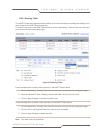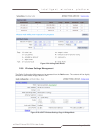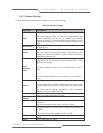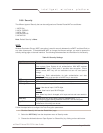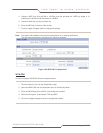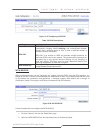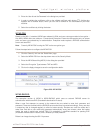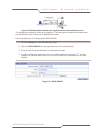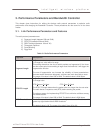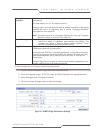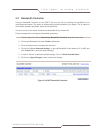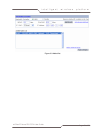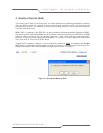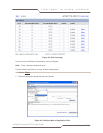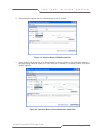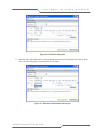
Page 42 of 78
i n t e l l i g e n t w i r e l e s s p l a t f o r m
airClient™ Nexus PRO TOTAL User Guide
3. Performance Parameters and Bandwidth Controller
This chapter gives instructions for editing the wireless radio protocol parameters to optimize radio
performance and changing the Bandwidth Controller. These procedures are the same for all the three
modes.
3.1. Link Performance Parameters and Features
The radio protocol parameters are:
Fragment Length (between 256 and 2346)
RTS/CTS (between 256 and 2346)
RSSI Threshold (between -90 and -20)
Throughput Optimizer
Frame Bursting
Piggy Back
Table 3-1 Radio Performance Parameters
Page Item Descriptions
Fragment Length
a) Show current value
b) Change to a value within its range
This setting determines the size at which packets are fragmented. If the frame
that the access point is transmitting is larger than the threshold, it will trigger the
fragmentation function.
The use of fragmentation can increase the reliability of frame transmissions.
Because smaller frames are being sent, collisions are much less likely to occur.
The range of its value is from 256 to 2346. The default value is 2346 bytes.
RTS/CTS Length
a) Shows current value
b) Change value
RTS: Request To Send CTS: Clear To Send
The RTS/CTS length determines the packet size at or larger than the set value.
The radio issues a request to send (RTS) before sending the packet.
The primary reason for implementing RTS/CTS is to minimize collisions among
the hidden stations.
The range of its value is from 256 to 2346. The default value is 2346 bytes.
RSSI Threshold
This function provides better performance in higher noise area. The device will
ignore any signal below the set RSSI threshold.
The default value is -90.
The range of its value if from -90 to -20.



